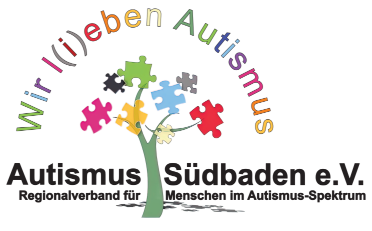
Bitte beachten Sie:
Der Autismusverband Südbaden e.V. hat keine Möglichkeiten, Praktika/Jobs anzubieten oder zu vermitteln.

Der Autismusverband Südbaden e.V. hat keine Möglichkeiten, Praktika/Jobs anzubieten oder zu vermitteln.

Das ZSL – Zentrum für Schulqualität und Lehrerbildung (Baden-Württemberg) veröffentlichte ein 38-seitiges PDF für Inklusion und Lehrkräftebildung.
Die Handreichung bietet eine detaillierte Betrachtung der Professionalisierung von Lehrkräften für inklusive Bildung und betont die Relevanz von inklusiven Bildungsangeboten als eine fortlaufende Kooperations- und Prozessaufgabe. Hervorgehoben wird die kooperative Kompetenz als ein zentraler Gegenstand der Lehrerbildung.
Eine Fallvignette über einen Schüler namens Leo verdeutlicht die individuellen Anforderungen an inklusive Pädagogik und zeigt, wie persönliche Interessen und Stärken im Unterricht berücksichtigt werden können. Leo, der besondere Bedürfnisse hat, stößt auf Herausforderungen in Fächern wie Mathematik, aber zeigt auch seine Talente und Interessen, etwa in Deutsch und im künstlerischen Bereich.
Die Aus- und Fortbildung von Lehrkräften wird als ein wichtiges Element für die Förderung inklusiver Bildung gesehen. Hierbei wird betont, dass die Themen und Inhalte der Lehrerbildung stets mit Blick auf inklusive Pädagogik überarbeitet werden sollten, um die Fähigkeiten zukünftiger Lehrkräfte entsprechend zu schärfen.
Abschließend wird herausgestellt, dass inklusive Bildungsangebote kontinuierliche Abstimmungs- und Aushandlungsprozesse erfordern, um die Bedürfnisse aller Schüler zu berücksichtigen. In einem digitalen Teil der Handreichung werden Beispiele aus der Praxis bereitgestellt, die den Zugang zu den verschiedenen Themen in der Lehrerbildung erleichtern sollen und methodisch-didaktische Ansätze für die inklusive Pädagogik liefern.
Literaturhinweise ergänzen das Dokument und bieten eine Grundlage für weiterführende Informationen und Studien zum Thema Inklusion und Lehrkräftebildung.
Das PDF-Dokument können Sie sich hier herunterladen: https://lehrerfortbildung-bw.de/s_sueb/alle/fb1/handreichung_inklusion_und_lehrkraeftebildung_finale_druckversion.pdf